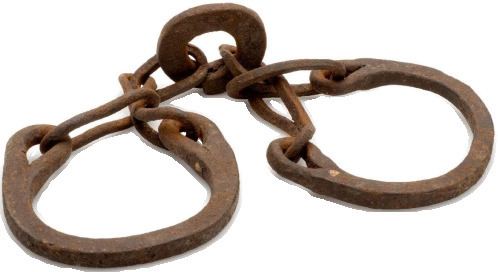 | ||
The Global Slavery Index is an annual study of world-wide slavery conditions by country published by the Walk Free Foundation. In 2016, the study estimated a total of 45.8 million people to be in some form of modern slavery in 167 countries.
Contents
The report includes three data points for each country: national estimates of the prevalence of modern slavery, vulnerability measures and an assessment of the strength of government responses. The Index pioneered the use of random-sampled, nationally-representative surveys to estimate prevalence. This included commissioning seven such surveys in 2014 and a further 19 surveys through Gallup World Poll in 2015.
The 2014 Index includes country studies with policy recommendations for many countries including: Taiwan, Australia, Pakistan, India, Brazil, the United Kingdom, the United States, Qatar, and others.
Calculation
The 2014 Global Slavery Index includes data on three key variables: the prevalence of modern slavery in each country, vulnerability, and government responses to modern slavery. The methodology is written up in detail in a methodology paper.
The first of these factors, the prevalence estimates, were derived using a statistical process known as extrapolation. In 2015, Joudo Larsen, Bales and Datta published an article that describes the extrapolation process, and provides a test of it. Writing in Significance, the magazine of the UK Royal Statistics Society, Joudo Larson et al. note that the estimates in the 2014 Global Slavery Index involved several steps:
This resulted in a prevalence estimate for each country, calculated as a proportion of the total population that was enslaved within that country. For all 167 countries this produced a total global estimate in 2014 of 35.8 million enslaved people.
Writing in 2015, Larsen et al. note that newer 2015 survey estimates now allow a comparative test of some of the 2014 extrapolated estimates. This is important for checking the validity of the earlier results and the continued application and use of this methodology. The comparisons suggest that extrapolation, while not perfect, is a useful and valid method. All but one of the extrapolated estimates of the prevalence of slavery fell within one percentage point of the estimates derived from random sample surveys.
In their article "Slavery in Europe: Part 1, Estimating the Dark Figure", Monti Datta and Kevin Bales demonstrate the statistical techniques applied to the estimation of the dark figure of the prevalence of modern slavery across Europe. These same techniques are applied to a dataset that includes random survey sampling (where possible), secondary source estimates, a process of extrapolation, and a country-level adjustment to determine the prevalence of people in modern slavery around the world in the Global Slavery Index.
Controversy
According to researchers Andrew Guth, Robyn Anderson, Kasey Kinnard and Hang Tran, they feel the Index's methods reveal weaknesses and they raise questions about its replicability and validity. They claim that the publicity given to the Index is leading to the use of its data in popular culture, reputable magazines, by news outlets, by academic journals and top policy makers.
Some countries, for which no data were available, were given the same rate as countries that were judged to be similar. For example, prevalence rates for Britain were applied to Ireland and Iceland, and those for America to several western European nations, including Germany. This form of extrapolation has attracted some criticism.
Global Slavery Index 2013
The following is a ranking of the top 30 countries/territories in order of the lowest prevalence of modern slavery. The full rankings can be found in the Walk Free Foundation's website.
1. Iceland, Ireland, United Kingdom
4. New Zealand
5. Austria, Belgium, Denmark, Finland, Greece, Luxembourg, Norway, Sweden, Switzerland
14. Cuba
15. Portugal, Spain
17. Costa Rica
18. Panama
19. Canada
20. Mauritius
22. Singapore
23. Hong Kong
24. France, Netherlands
25. Australia
26. South Korea
27. Germany
28. Barbados
29. United States
30. Trinidad and Tobago
31. Italy
32. Latvia
33. Japan
